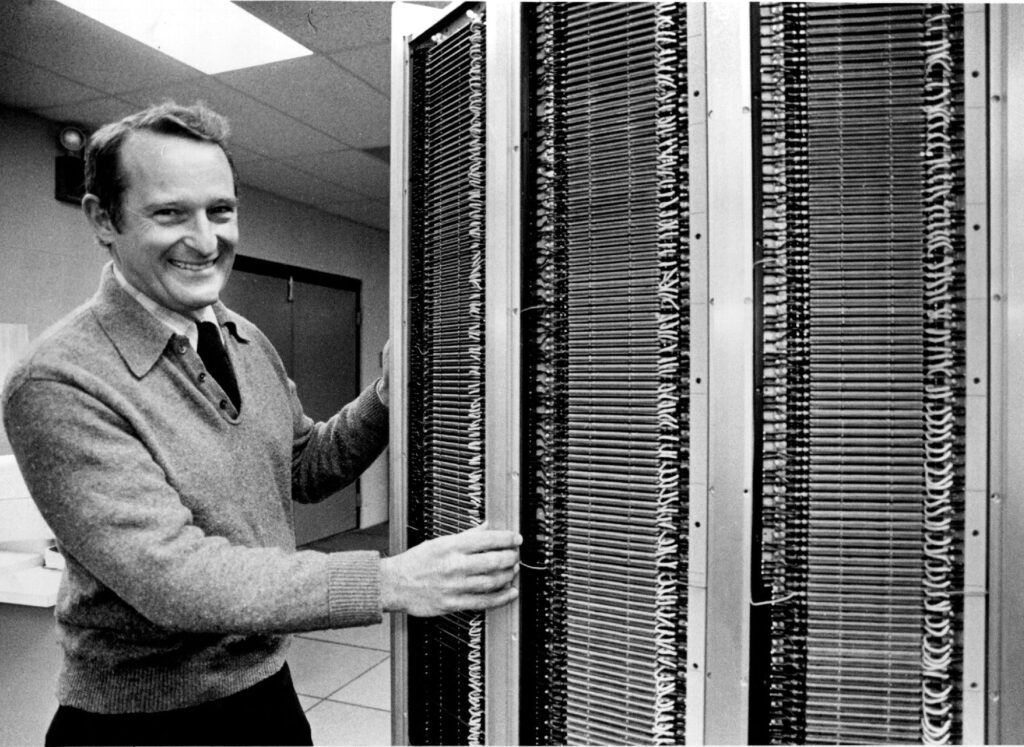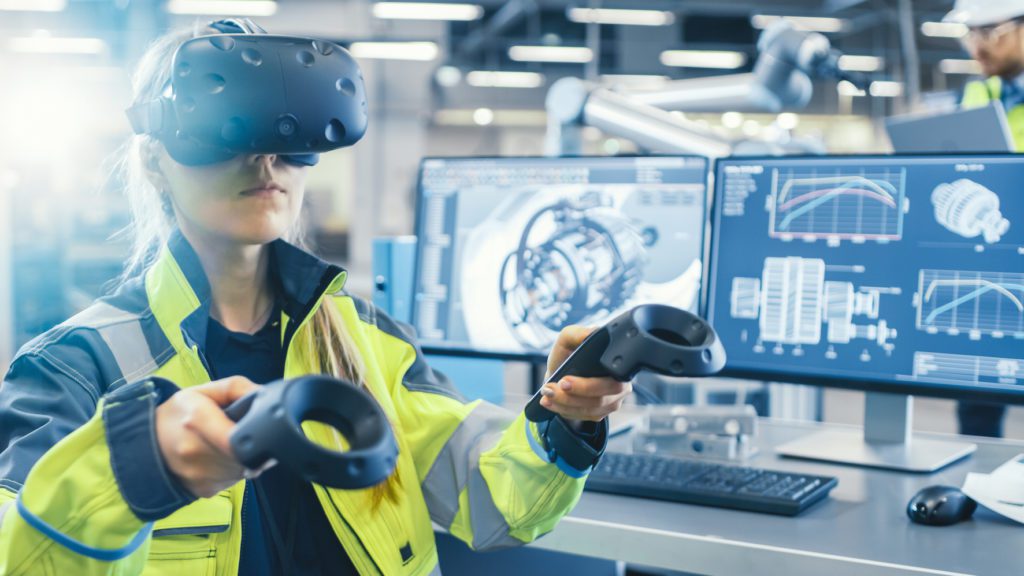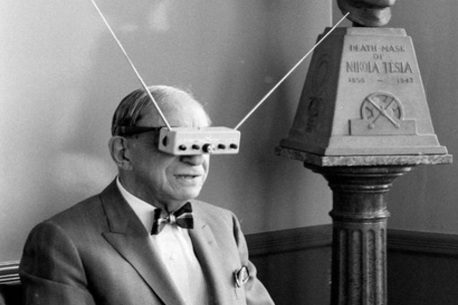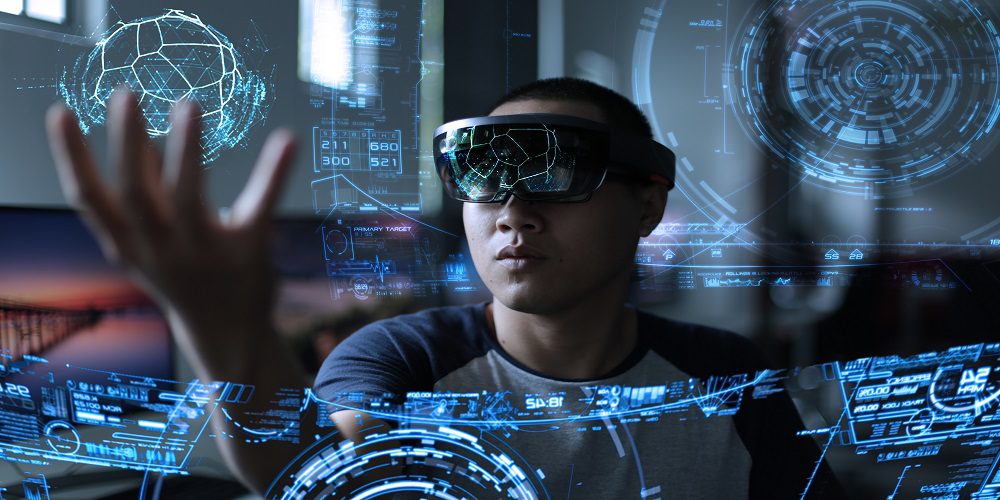Seymour Cray and the Rise of Supercomputing in Wisconsin
Seymour Cray was an American electrical engineer and computer architect who is widely regarded as the father of supercomputing. He revolutionized the field of high-performance computing and made significant contributions to the development of early computer systems. Cray was born in Chippewa Falls, Wisconsin in 1925. He started his career in the computing industry by working at Engineering Research Associates (ERA), a company that was focused on developing early computer systems for the military. After leaving ERA, Cray started his own company, Cray Research, which became a leading player in the supercomputing market. The first supercomputer developed by Cray was the Cray-1, which was released in 1976. It was a vector processing machine that was designed to perform high-speed calculations for scientific and engineering applications. The Cray-1 was a huge success, and it set the standard for future supercomputing machines. Cray’s next major contribution to the field was the Cray-2, which was released in 1985. The Cray-2 was a major departure from the earlier vector machines, and it was the first supercomputer to use a distributed memory architecture. This architecture allowed the Cray-2 to achieve much higher levels of performance, and it was widely used for scientific and engineering simulations. Cray continued to innovate in the field of supercomputing, and his final contribution was the Cray-3, which was released in 1988. The Cray-3 was a parallel processing machine that was designed to perform large-scale simulations in real-time. It was a cutting-edge machine that set new standards for performance, and it was widely used in fields such as weather forecasting, fluid dynamics, and structural analysis. Seymour Cray passed away in 1996, but his legacy continues to live on. He was a pioneer in the field of supercomputing, and his contributions have had a profound impact on the development of modern computer systems. Today, Cray Research is a subsidiary of Hewlett-Packard Enterprise, and the company continues to develop high-performance computing solutions for a wide range of applications. The Importance of Supercomputing Supercomputing is a critical tool in many scientific and engineering fields, and it has had a profound impact on the advancement of human knowledge. With supercomputing, scientists and engineers can perform simulations and simulations that would be impossible to carry out on conventional computers. This has allowed researchers to make breakthroughs in fields such as weather forecasting, climate modeling, and molecular dynamics. Supercomputing is also a critical tool in many industries, including finance, defense, and energy. For example, financial institutions use supercomputing to model complex financial instruments and to perform risk analysis. In the defense sector, supercomputing is used for simulations of weapons systems and for intelligence analysis. In the energy sector, supercomputing is used for the simulation of oil and gas reservoirs and for the design of renewable energy systems. The Future of Supercomputing The field of supercomputing is constantly evolving, and new technologies are being developed that will continue to push the boundaries of performance. For example, quantum computing is a new technology that has the potential to revolutionize the field of supercomputing. With quantum computing, researchers will be able to perform simulations and simulations that are currently impossible, and they will be able to make new breakthroughs in a wide range of fields. The future of supercomputing is also likely to be shaped by advances in artificial intelligence (AI) and machine learning (ML). With these technologies, supercomputing systems will be able to perform complex simulations.
Seymour Cray and the Rise of Supercomputing in Wisconsin Read More »





